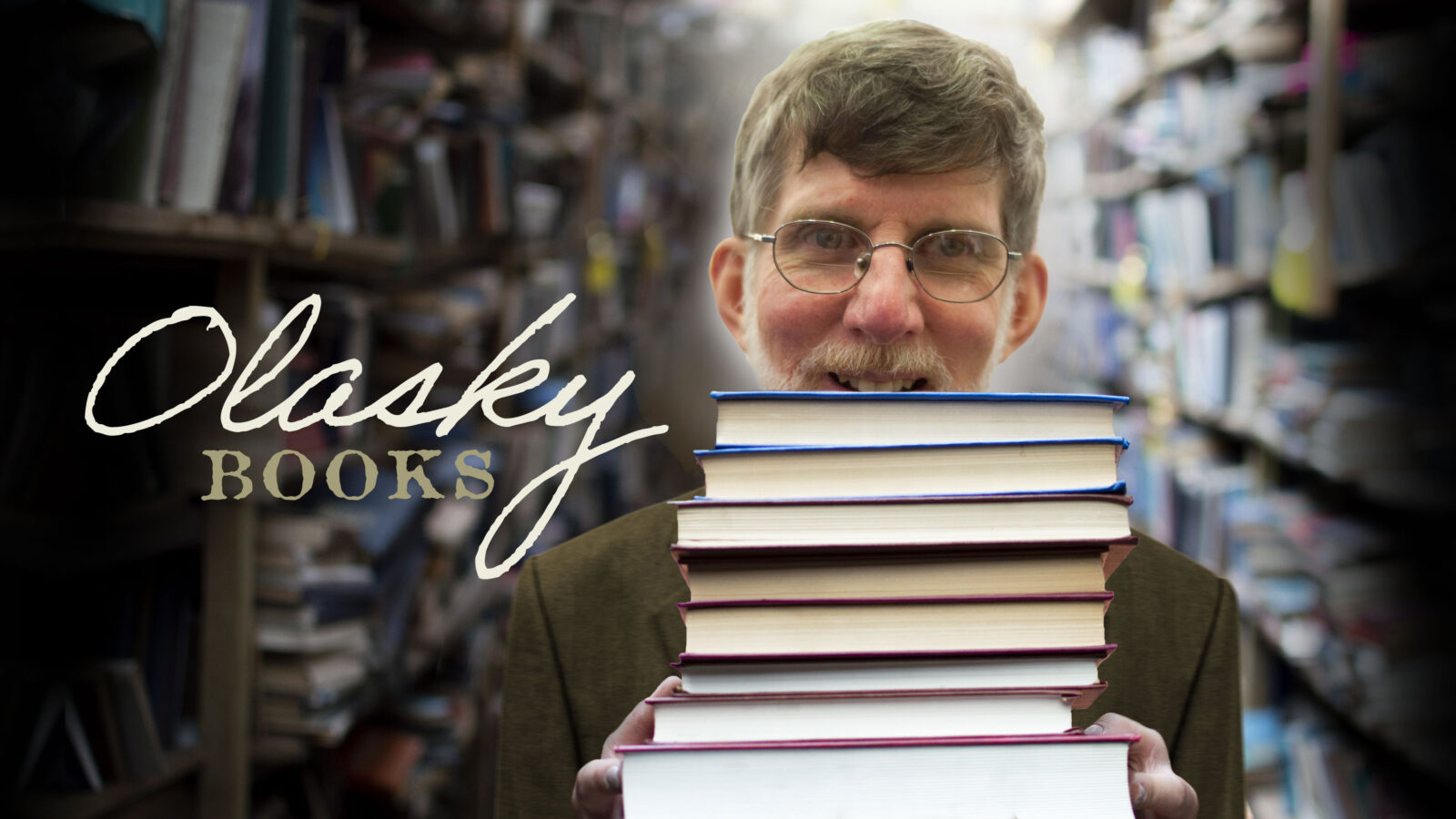The Ray Bradbury Collection
Olasky Books January 2023 Subscribe to Olasky BooksI’ll focus this month on books by and about four God-haunted genius writers: Ray Bradbury, Bob Dylan, John Donne, and Samuel Adams.
The Library of America brought out last year The Ray Bradbury Collection, a two-volume assortment of stories and novellas by the science fiction and fantasy writer who died in 2012 at age 91. Captain Hart, the protagonist of one of the short stories, “The Man,” says there’s no peace on Earth, “Not since Darwin. Not since everything went by the board.… Divine power and all that.” Hart equates “going out to the stars” as “looking for our lost souls.”
Hart and his shipmates arrive at a planet just visited by Jesus, who has performed healing miracles. Hart, initially skeptical, eventually believes. He thinks, though, that Jesus has gone on to another planet, and flies off to chase after him — but he’ll always “be an hour late, or a half hour late, or ten minutes late, or a minute late.” In another story, “The Fire Balloons,” a priest speaks of “Leaving old sins here. And on to Mars to find new sins.”
That was more explicit than usual for Bradbury: Raised Baptist, he called himself a “delicatessen religionist” as an adult. His science fiction output included minimal science but lots of spiritual friction. I like most of Bradbury’s frolicking stories in “The Illustrated Man” section and dislike some of the horrific ones in “The October Country” section, but he consistently defied the laws of gravity that held down “serious” writers.
Bob Dylan’s The Philosophy of Modern Song (Simon & Schuster, 2022) is also a frolic: Don’t look to it for academic theory or even much intellectual coherence, but it’s amusing to read his musings on 66 songs while listening to them via Spotify, Amazon, or a stack of vinyl. The variety is enormous — from “Pancho and Lefty” or “Mack the Knife” to “Blue Bayou” or “Strangers in the Night” and “Waist Deep in the Big Muddy.” I learned about early musicians I hadn’t known, like Charlie Poole and Uncle Dave Macon.
Maybe the common denominator lies in Dylan’s recognition of “El Paso” as “a ballad of the tortured soul, the cowboy heretic, the prince of the protestants [amid] bloody mass sacrifice, Jews of the Holocaust, Christ in the temple, the blood of Aztecs up on the altar.” Maybe you know what that all means: I don’t. And maybe Dylan resembles the bereaved poet/lover/lawyer/striver whom Katherine Rundell describes in Super-Infinite: The Transformations of John Donne (Farrar, Straus and Giroux, 2022).
The articulate and handsome Donne dabbled in politics and troubled many women. A contemporary of William Shakespeare, he wrote poetry both metaphysical and sensual, preached mightily, and memorably described his ADHD prayer life: “I throw myself down in my chamber, and I call in and invite God and his angels thither; and when they are there, I ignore God and his angels for the noise of a fly, for the rattling of a coach, for the whining of a door…. A memory of yesterday’s pleasures, a fear of tomorrow’s dangers, a straw under my knee, a noise in mine, a light in mine eye, and anything, a nothing, a fancy, a chimera in my brain, troubles me in my prayer.”
Sadly, many of us can identify with Donne in that regard. Also sad: Many Americans connect Sam Adams only with beer, but I hope Stacy Schiff’s The Revolutionary (Little, Brown, 2022) helps to correct that. Her beautifully written biography shows how newspaper columnist Samuel Adams led Americans to independence in 1776 and “believed virtue the soul of democracy. To have a villainous ruler imposed on you was a misfortune. To elect him yourself was a disgrace.”
Adams, sometimes called “the last Puritan,” believed we’re all God’s children. He “could not live in the house with a slave and arranged for the one who arrived on his doorstep to be freed.” He “fretted about vanity, foppery, and ‘political idolatry.’… In 1794, Adams was inaugurated as governor of Massachusetts. To maintain ceremonial standards, a benefactor produced a carriage. Adams directed the coachman to drive his wife to the State House, to which he proceeded, at seventy-one, on foot.”
Quick take: George Kennan was the intellectual shaper of America’s 1946-1948 realization of Soviet danger. Those who want a scholarly analysis of the beginning of Cold War tensions will profit from Frank Costigliola’s Kennan: A Life Between Worlds (Princeton, 2022).
